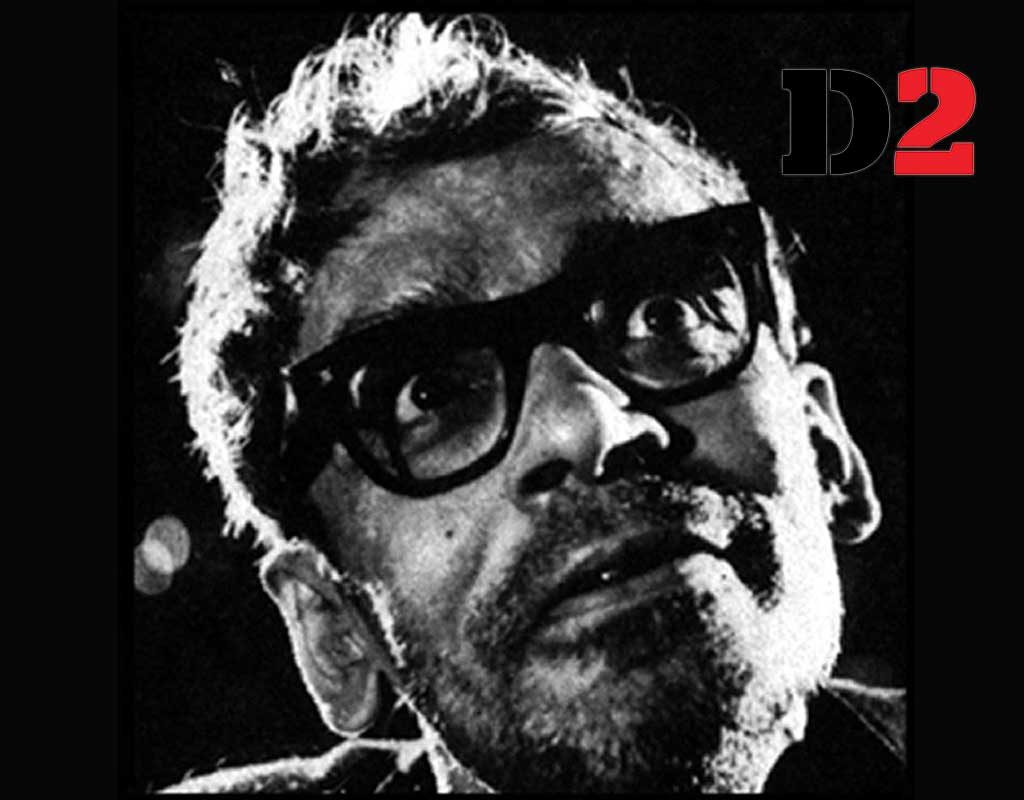Culture Desk
Born in Dhaka on November 4, 1925, in East Bengal (now Bangladesh) of then British India, Ritwik played a key role in shaping the Bangla film industry.
Today(Wednesday) is the 43rd death anniversary of legendary Bangla film-maker Ritwik Ghatak who changed the history of Bangla films along with his contemporaries Satyajit Ray, and Mrinal Sen. Ghatak depicted social realism with authenticity for which he is considered an auteur.
Born in Dhaka on November 4, 1925, in East Bengal (now Bangladesh) of then British India, Ritwik played a key role in shaping the Bangla film industry.
In his career spanning from the 1950s to the 1970s, Ghatak made eight feature length films and a few short films and documentaries.
Mainly known as a film director, he also wrote more than 50 articles and essays on film as a theorist.
In his films, Ghatak depicted stories of ordinary men and their day-to- day struggles, for which his views and commentaries on films have been a part of scholarly studies and research.
As a lifelong communist, Ghatak used film as a medium to express his thoughts on society.
Theme.
Ghatak was one of those persons who had to witness both the partition of Bengal with Indian independence in 1947, and the independence of Bangladesh from Pakistan in 1971. Partition had a great impact on Ghatak’s psychology which repeatedly became a theme in his films.
Written and directed by Ritwik Ghatak, “Meghe Dhaka Tara,” was a most touching portrayal of harsh life, following the devastating partition.
Based on the novel by Shaktipada Rajguru, this is perhaps Ghatak’s most celebrated film. One of his masterpieces, “Komal Gandhar,” also dealt with three interconnected themes, including partition. Ghatak’s humanistic, leftist ideas, also run through his films.
“Titas Ekti Nadir Naam” portrays the river life of fishermen on the banks of the Titas River in Bangladesh.
In 2007, the British Film Institute termed it ‘the best Bangladeshi film ever made.’
Film-making style
Ghatak paid close attention to cinematography and music in his films. He used deep-focus cinematography technique which was Ghatak’s most remarkable feature in films.
He also used complex, layered, and often disorienting soundtracks. One of the examples of such work is “Komal Gandhar.” Music added a different flavour to this film.
Ghatak was admittedly influenced by the writings of Bertolt Brecht and his films were inspired by Brecht’s method.
In his short-life of 50 years, Ritwik Ghatak didn’t receive the recognition he deserved which can be described in his words: “I believe in committed cinema. I mean commitment in the broadest sense of the term.”




